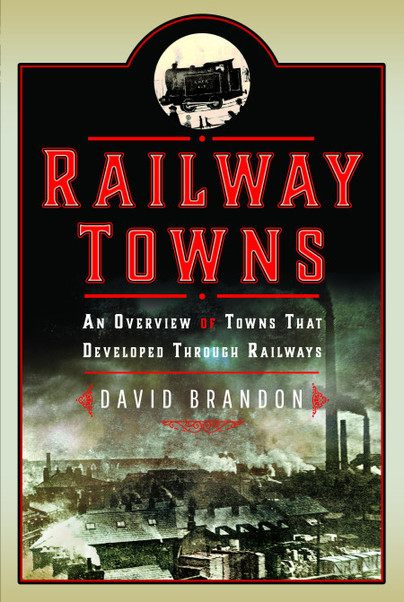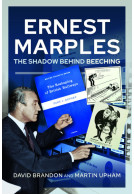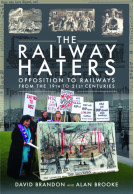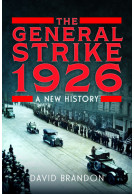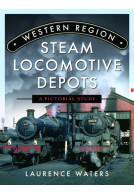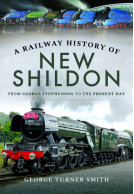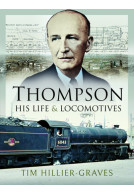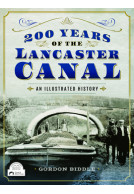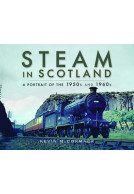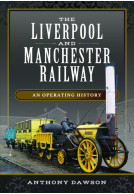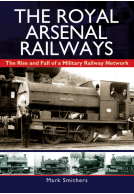Railway Towns (Hardback)
An Overview of Towns That Developed Through Railways
Imprint: Pen & Sword Transport
Pages: 256
Illustrations: 64 mono illustrations
ISBN: 9781399051071
Published: 14th February 2024
(click here for international delivery rates)
Need a currency converter? Check XE.com for live rates
The railways changed the world. They initiated a revolution in communications which continues to this day, ever more profoundly influencing our lives. They had an enormous economic and social impact in Britain, not least with its demography. Before 1914 places on the railway system felt they were connected to the wider world. Those left off the system often feared for their future.
It was never actually as simple as that. Some places well served by railways prospered, other did not. Some with minimal or no railway connections managed to sustain themselves successfully. Others became complex railway hubs, perhaps with railway-based engineering works, extensive shunting yards and warehouses and a large requirement for labour. Some companies built large numbers of dwellings for their workers and their families. Sometimes they even built churches and parks, for example.
Places of this character have often been described as 'railway towns' but what is actually meant by this term?
In a pioneering attempt in book form to move towards an understanding of what constitutes a railway town, the author considers a wide range of cities, towns, villages and other settlements and asks to what extent they owed their nineteenth and early twentieth century development to the railways.
This book should appeal to students of railway history, British topography and the economic, social and cultural impact of railways.
"This is more a cultural history book describing the industrial and social growth aspects of rail connected towns. It’s quite a sweeping overview..."
London and North Western Society
"What is a railway town? David Brandon takes a widely drawn approach to that question in providing a survey of cities and towns in Great Britain that owed at least some part of their development to the railways. He includes not only towns where there was a significant engineering, repairing or manufacturing presence, but also seaside resorts and ports, thereby taking in a large number of British towns... overall this is a satisfying and useful read."
The Great Northern Railway Society
About David L Brandon
David Brandon had many jobs before becoming involved in teaching and organising in Further and then Higher Education, specialising in Adult Education. He has published extensively on his own and co-operated with Alan Brooke on sixteen previous titles. His interests include British topography, walking, social and economic history, the history of London, of crime and of the Royal Navy. His main interest, however, has always been the railways of Britain and their economic, social and cultural impact.







